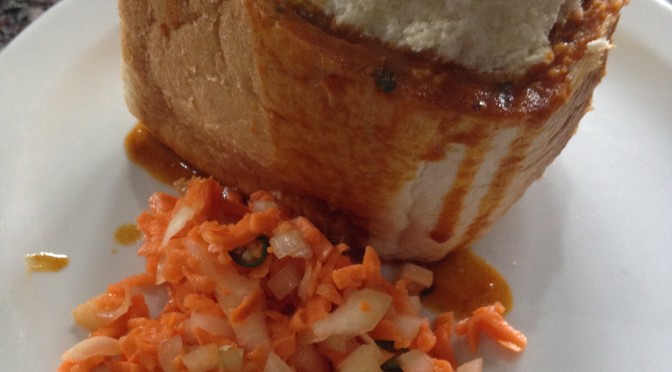After we left Hluhluwe-Imfolozi Park, we set off for the nearby town of St. Lucia, which our guidebook noted is popular with “angling fanatics.” Although Marc likes to think of himself as an aspiring fly-fishing fanatic, we didn’t linger for long. We briefly checked out the beach in the morning (the town of St. Lucia lies at the mouth of an estuary on Lake St. Lucia, the largest inland body of water in South Africa), but it was a dreary morning, threatening rain with a strong wind and lots of blowing sand. In nicer weather, however, it would have been a great area to explore, as the town is surrounded by the massive iSimangaliso Wetland Park, an UNESCO World Heritage site.
While in St. Lucia, We also kept our eyes open for wandering hippos, as we had heard that it wasn’t unusual for hippos to stroll the city streets (see, e.g., this very recent article on St. Lucia), but, alas fortunately, we left St. Lucia without seeing a single hippo.
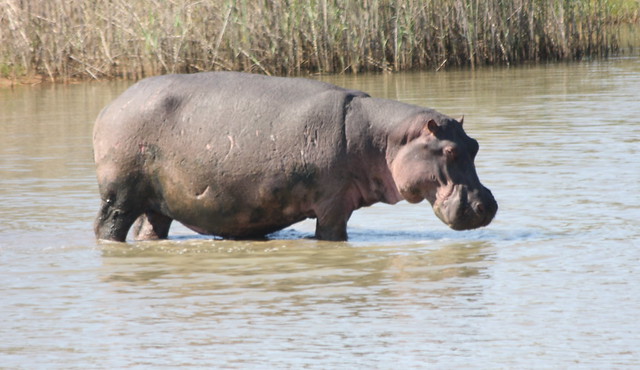
Leaving St. Lucia, we set off in the direction of Durban, the third largest city in South Africa and Africa’s busiest container port. Durban has many notable qualities – its developed beachfront, its large Indian South African population, its bunny chow (see infra) – but all I will remember is its hills. (Seriously, those hills.) On our way to our guesthouse after just arriving in town, my stomach dropped no less than three times when we crested an enormous hill and I was able to glimpse the road below. The hills might not have been so terrifying had it not been raining when we arrived, but the rain was just starting to fall – a steady drizzle which didn’t let up for nearly our entire visit in Durban.
Luckily, we had booked ourselves into a comfortable guesthouse where we had no trouble curling up and waiting for the bad weather to subside. When it finally did, on the afternoon of our second day in Durban, we set out to walk along the “Golden Mile” – the city’s revitalized beachfront promenade.
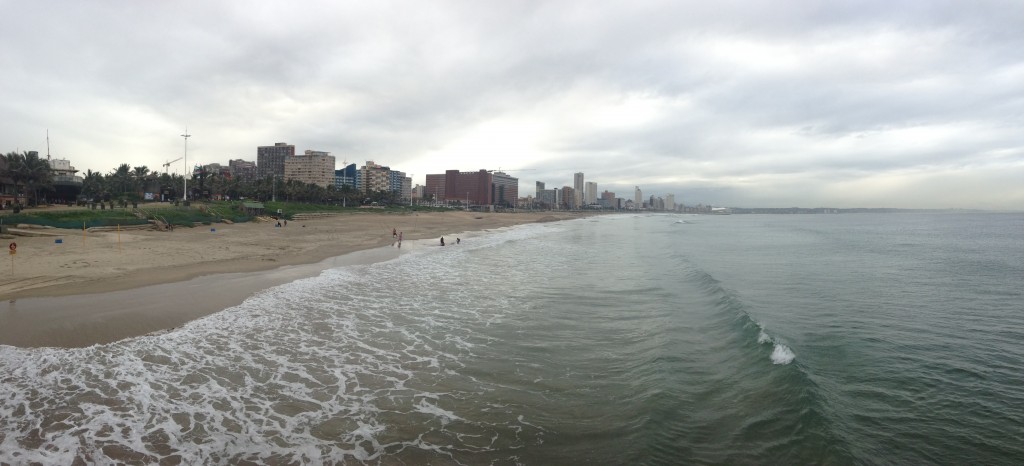
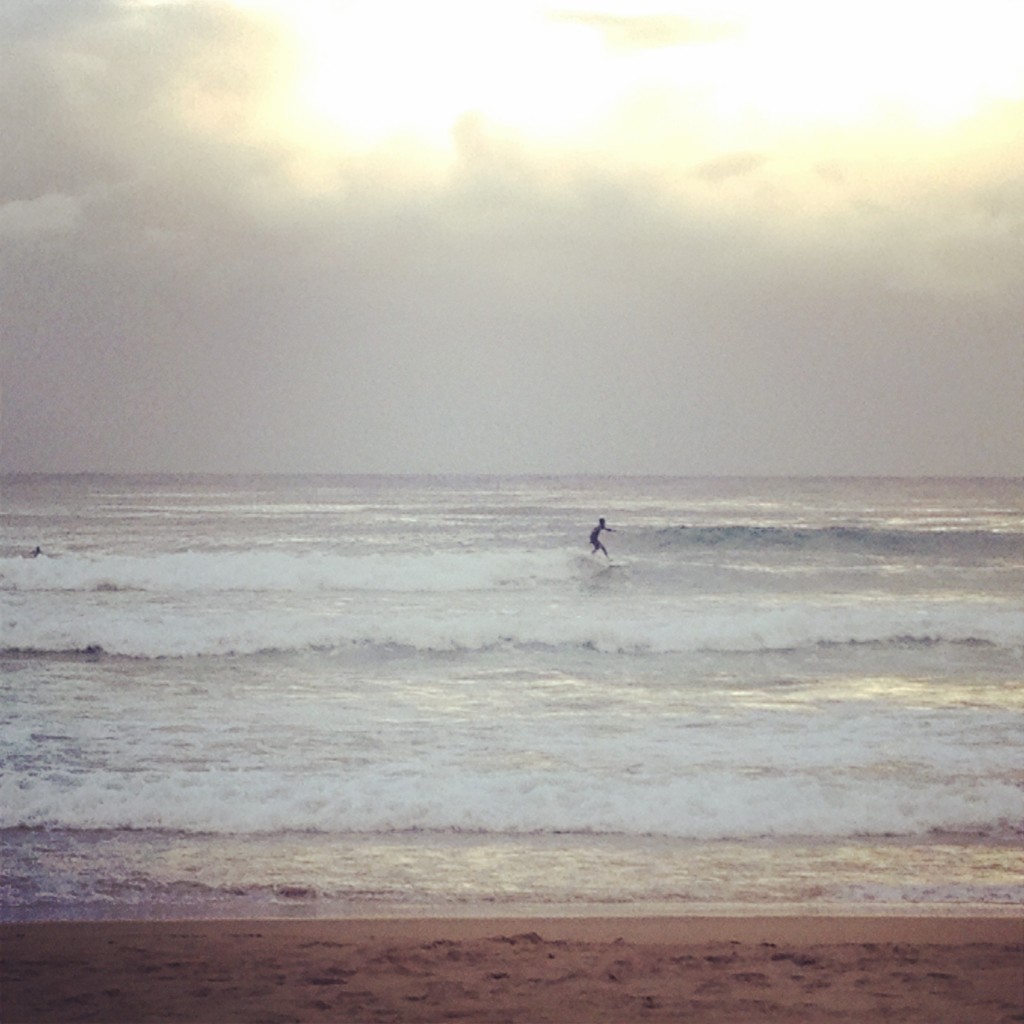
We had some of the best food in Durban that we had eaten in a while. We happily waited out a rainy morning at the Bean Green Coffee Roasting Company, our first visit to a proper coffee house in Africa, much less one that does its own in-house roasting

Durban is home to the largest Indian population outside of India, and consequently has plenty of delicious Indian food. We regularly ordered in Indian food while in New York, and I for one had been missing naan and mutter paneer. We chose Vintage Indian, and were happy with our choice.
The most quintessential Durban meal is bunny chow: a hollowed-out loaf of bread stuffed with curry. We consulted a recent WSJ article non-ambiguously called The Best Bunny Chow in Durban, South Africa,1 and chose “The Hotspot,” a place called Gounden’s. There was a takeaway counter and a side with table service, and we took a seat and spent the next ten minutes trying to convince the any of the waitstaff to pay us the slightest bit of attention. Finally, we ordered (and, after a bit more delay, obtained) mutton bunny chow for Marc and bean bunny chow for me. We determined they were worth the wait.
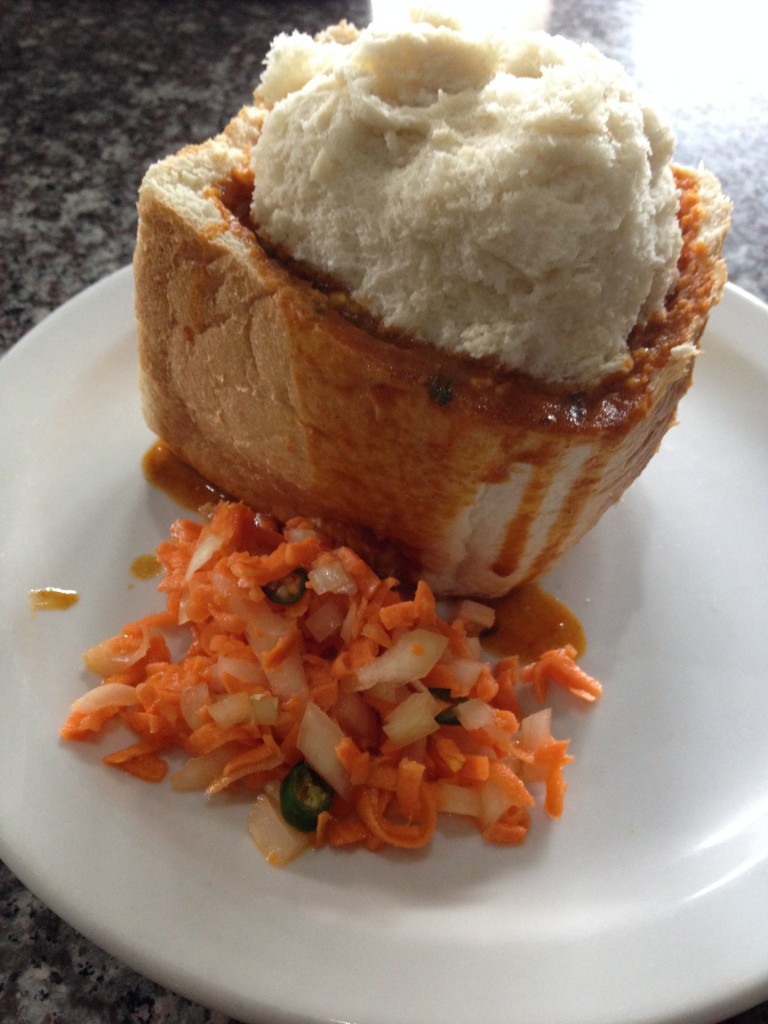
We also tried out a trendier restaurant, a place called Market that had an awesome outdoor area and an inventive menu. We weren’t too hungry because the bunny chow at lunch time had been so filling, so we picked salads for dinner, both of which were incredible.

Where We Stayed
☆ Shonalanga Lodge, St. Lucia, ZA. 3½ Goats. Shonalanga offers spacious two-bedroom, self-catering apartments. It was more space than we needed, but the rate was good and we enjoyed having use of a kitchen. On our way to St. Lucia, we stopped in Mtubatuba and picked up some groceries at the Power SPAR to make a delicious dinner. (Ironically, the Power SPAR – and the entirety of Mtubatuba – was suffering a power outage while we shopped there, but that’s another story.)
☆ An Upper Room B&B, Durban, ZA. 3½ Goats. We stayed in the detached studio apartment in the back of the guesthouse, and it was a perfect place to relax while in Durban. A hot breakfast was included in the room rate, there was free WiFi in the room, and there was a nice-looking swimming pool that we didn’t take advantage of because of the aforementioned rain. In addition, our hostess was lovely and incredibly helpful. But, man oh man, I have to dock a goat for that ridiculously steep driveway. (I’m still having nightmares in which our standard transmission rental car can’t make it up the rain slicked driveway and starts rolling backwards, nearly crashing through the gates and into traffic, but that is also another story.)
1 The title of this post is Marc’s favorite quote from the end of this WSJ article. The proprietor of one of the featured restaurants told Journal: “If you don’t go to Table Mountain, you haven’t been to Cape Town . . . If you don’t eat a bunny, you haven’t been to Durban.”

